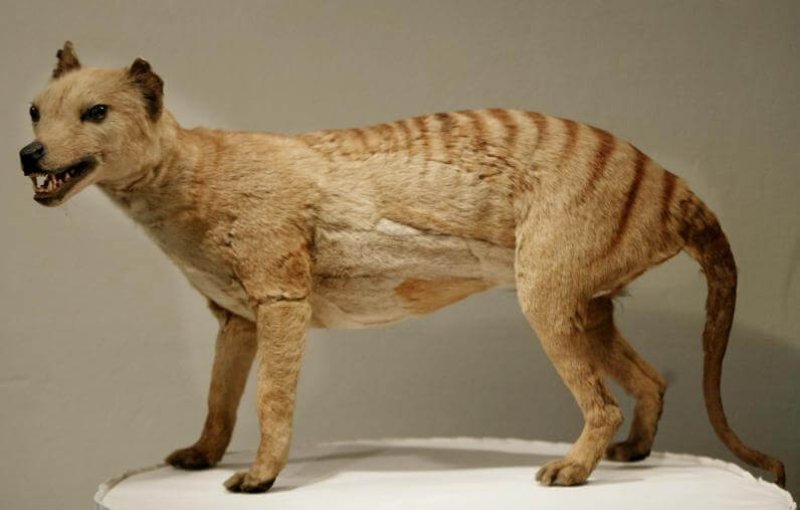With the stripes of a tiger, the body shape of a dog and the pouch of a kangaroo, the Australian thylacine was a unique combination of animals. Unfortunately, humans drove it to extinction, and the last one perished in 1936.
However, as gene technology advances and the science of “de-extinction” becomes more popular, the thylacine, or Tasmanian tiger, may one day walk again.
Andrew Pask, an associate professor at the University of Melbourne, is planning to use advanced gene-editing technology to try to put thylacine genes on the genome of a living, related animal, according to Australian news site 7 News. If they succeed, and if they find or create a suitable surrogate mother, the resulting animal could have enough thylacine traits to look a lot like the extinct creature, and perhaps would act like it too.
This research is closely related to current attempts to resurrect a woolly mammoth. Using a fairly new and very promising gene-editing technique called CRISPR-Cas9, Harvard geneticist George Church is trying to bring back the mammoth—or at least something close to it.
…
This project is one of many around the world that aim to bring back an extinct animal. If it succeeds, it would be like bringing Jurassic Park to life—but with safer, dog-like animals.
Read full, original post: Could gene-editing technology bring back the extinct Tasmanian tiger?
































